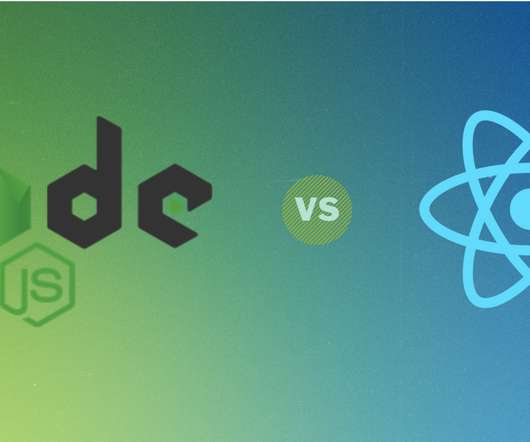Crucial Redis Monitoring Metrics You Must Watch
Scalegrid
JANUARY 25, 2024
Redis® is an in-memory database that provides blazingly fast performance. This makes it a compelling alternative to disk-based databases when performance is a concern. Redis returns a big list of database metrics when you run the info command on the Redis shell. This blog post lists the important database metrics to monitor.






















Let's personalize your content